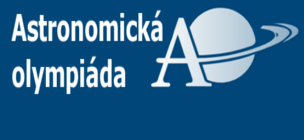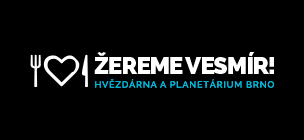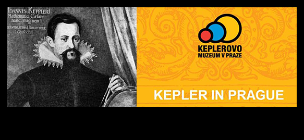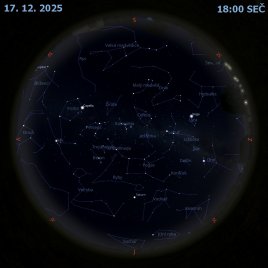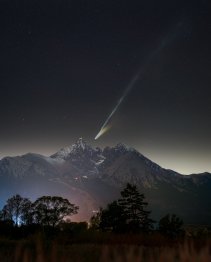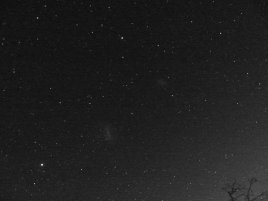Lyridy 2009
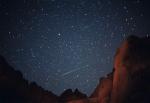
Meteorický roj Lyridy je aktívny v období od 16. apríla do 25. apríla. Radiant tohto roja leží v blízkosti hraníc súhvezdia Lýra a Herkules, jeho poloha je RA = 271° DE = +34°. Tohtoročné maximum by malo nastať 22. apríla o 11:00 UT. Nakoľko je však roj dosť premenlivý dosahuje chyba určenia okamihu maxima pomerne vysokú hodnotu a tak je celkom možné, že maximum nastane 22. apríla niekde medzi 3:00 UT a 14:00 UT. Okrem samotnej premenlivosti okamihu maxima je premenlivá aj frekvencia. Tá sa môže pohybovať od 14 do 90 meteorov za hodinu. Aby toho nebolo málo, premenlivá je aj samotná dĺžka maxima, ktoré je niekedy pomerne ostré, inokedy zasa ploché. Pozorovať tento zaujímavý roj je preto veľmi dôležité, nakoľko nás môže aj tohto roku prekvapiť.
Meteory tohto roja sú pomerne rýchle, ich rýchlosť dosahuje až 49 km/s. Priemerná jasnosť meteorov dosahuje okolo 2,5 mag, pričom sa často krát vyskytujú aj veľmi pekné bolidy. Pozorovacie podmienky v čase maxima by mali byť vzhľadom na ubúdajúci Mesiac veľmi dobré a pozorovanie by nemalo byť naším vesmírnym susedom nijako rušené.
Prvá zmienka o Lyridách pochádza z roku 687 p.n.l. Pozorovali ich Číňania a podľa všetkého ide o najstaršie pozorovanie meteorov. V minulosti sa o tomto roji vedelo len veľmi málo. Meteorická astronómia bola vtedy len v plienkach. Záujem o meteory vzrástol až po silnom meteorickom daždi Leoníd v roku 1833. Výskumom tohto roja sa astronómovia začali zoberať až od roku 1864. V roku 1867 začali astronómovia hľadať materské teleso Lyríd, čo sa aj úspešne, v pomerne krátkom čase podarilo. Materským telesom roja sa tak stala kométa Thatcher (1861 I).
Zdroj:IMO
Meteory.sk

